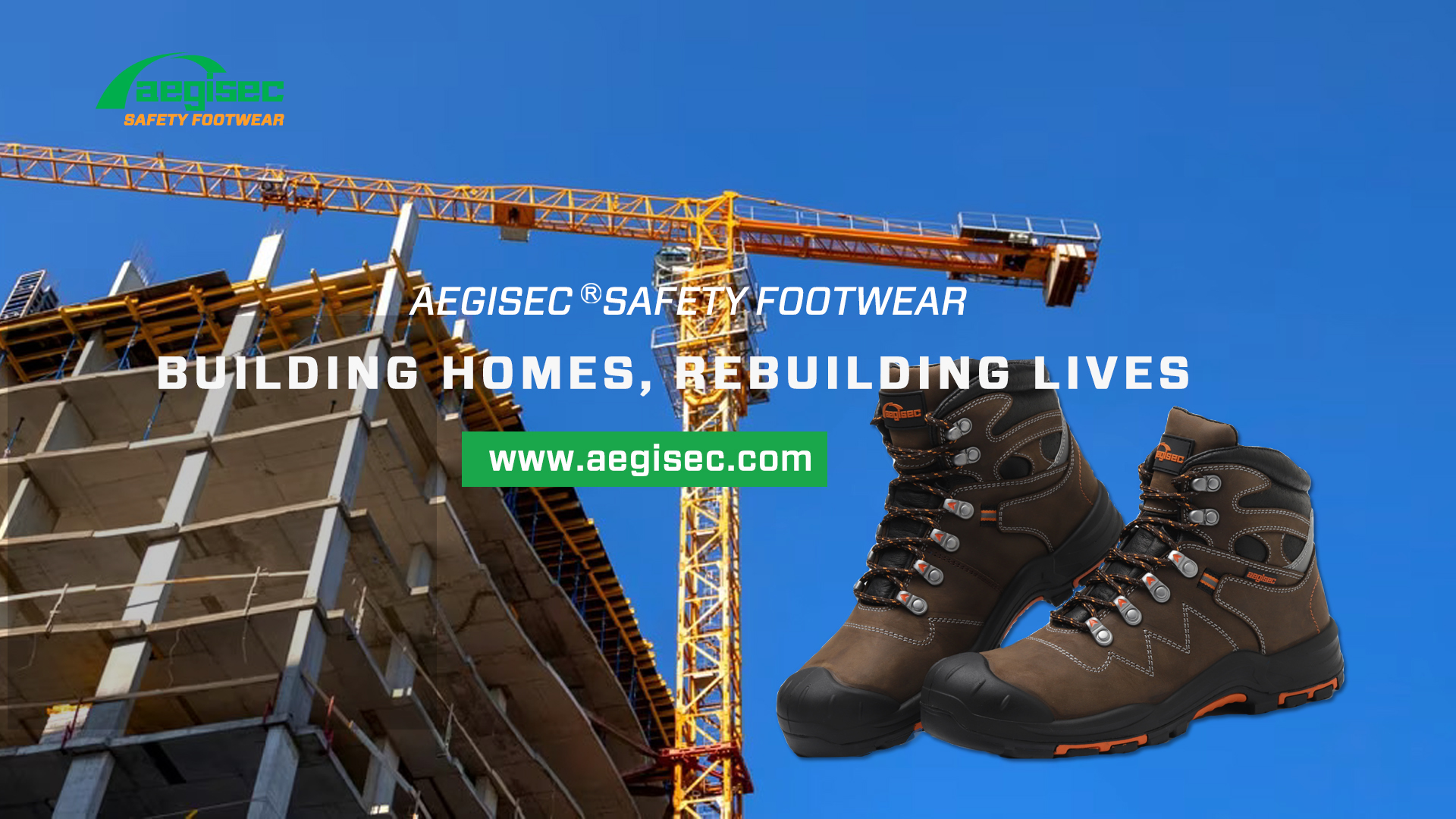Safety shoes are a vital piece of personal protective equipment for many workers. Designed with protective toe caps and slip-resistant soles, safety footwear provides a barrier against foot injuries from heavy objects,sharp materials, slippery surfaces and other common workplace hazards. However, even the most sturdy pair of safety shoes can deteriorate with extensive use. Knowing when to replace your safety shoes is crucial for maintaining protection.
-Worn Out Soles-The soles are one of the first components of safety shoes to show noticeable wear. Look for smooth patches or thinning on areas of the sole. Lacking tread depth can greatly reduce slip resistance, especially on wet or oily floors. Holes punctured through the sole also compromise protection.
-Damaged Toe Caps-The toe area protects against impact and compression injuries. Inspect toe caps frequently for cracks, splits or deformation which reduce protection. Even minor scuffs or abrasions can signal the toe cap is weakening.
-Torn/Worn Upper Materia-Safety shoe uppers shield the top of the foot. Ripd, torn or worn spots develop over time in the leather, vinyl, mesh or other materials. These make the shoes less protective against hazards like falling objects or chemical spills.
-Loose/Broken Laces-Lace issues like fraying, loose fit or completely broken laces may seem minor. However, improper lace tightness around the foot severely lessens control and increases trip risks.
-Reduced Support/Cushioning-Support and cushioning in the midsole naturally breaks down with extensive use. Look for compression wrinkles or flattened areas which indicate diminished shock absorption.
More signs that safety shoes need replacement:
– Cracks or holes in the leather or synthetic upper material
– Separating or delaminating sole layers
– Distorted shape that no longer fits properly
– Unusual noises like squeaking or clicking while walking
The optimal interval for replacing safety shoes:
– Full-time workers: Replace shoes every 6-12 months
– Part-time/occasional workers: Replace every 2-3 years
– Actively inspect and monitor shoes every 1-2 months for signs of wear
The cost of replacing worn safety shoes far outweighs the risks of keeping deteriorated shoes in use. Workplace safety managers and supervisors should establish and enforce replacement policies.
AEGISEC safety footwear(https://www.aegisec.com/category/products/) provides indispensable protection.


